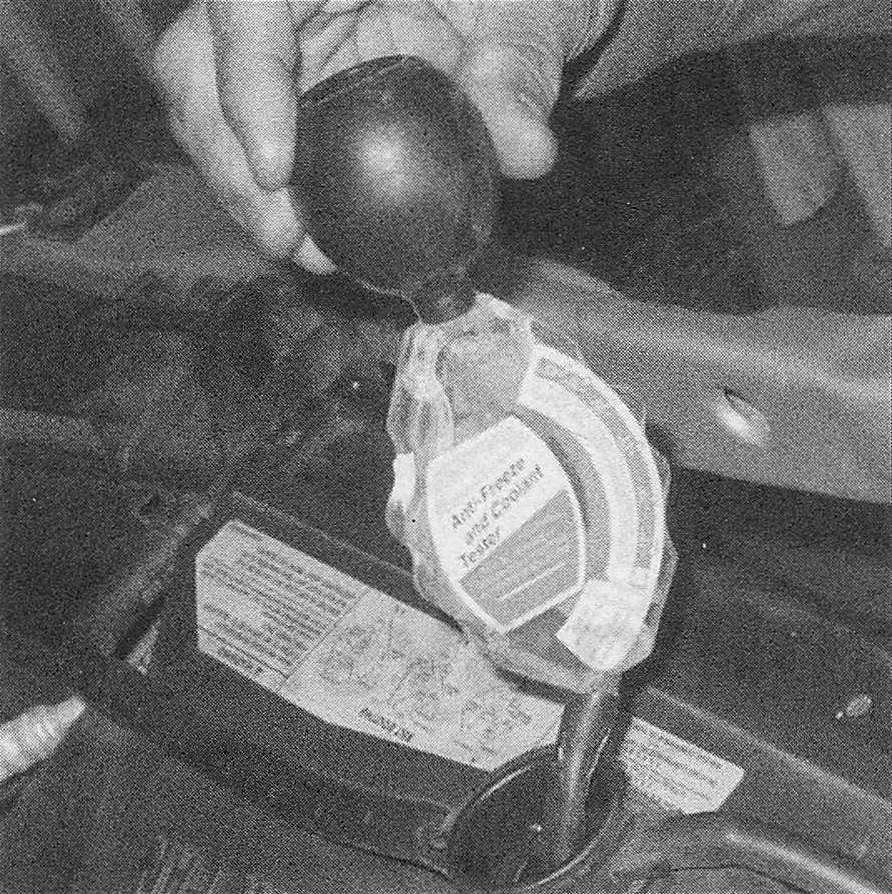Antifreeze/coolant – general information
Warning: Do not allow antifreeze to come in contact with your skin or painted surfaces of the vehicle. Rinse off spills immediately with plenty of water. Antifreeze is highly toxic if ingested. Never leave antifreeze lying around in an open container or in puddles on the floor; children and pets are attracted by its sweet smell and may drink it. Check with local authorities about disposing of used antifreeze. Many communities have collection centers which will see that antifreeze is disposed of safely. Never dump used antifreeze on the ground or pour it into drains. Keep antifreeze containers covered and repair leaks in your cooling system as soon as they are noticed. Caution: These models use only Mopar 5 year/100,000 mile coolant or equivalent. Never mix coolant types or damage to the cooling system could occur. Refer to the Specifications listed in Tune-up and routine maintenance for the correct coolant type.
These models are equipped with a hybrid organic acid technology (HOAT) type antifreeze. Do not mix different types or colors of coolants or damage to the cooling system can occur. Refer to the Specifications listed in Chapter Tune-up and routine maintenance for the correct type of coolant.
Before adding antifreeze, check all hose connections, because antifreeze tends to leak through very minute openings. Engines don’t normally consume coolant, so if the level goes down, find the cause and correct it.
The exact mixture of antifreeze-to-water which you should use depends on the manufacturer’s recommendation. Consult the mixture ratio chart on the antifreeze container before adding coolant. Hydrometers are available at most auto parts stores to test the coolant (see illustration).
2.3 An inexpensive hydrometer can be used to test the condition of your coolant
